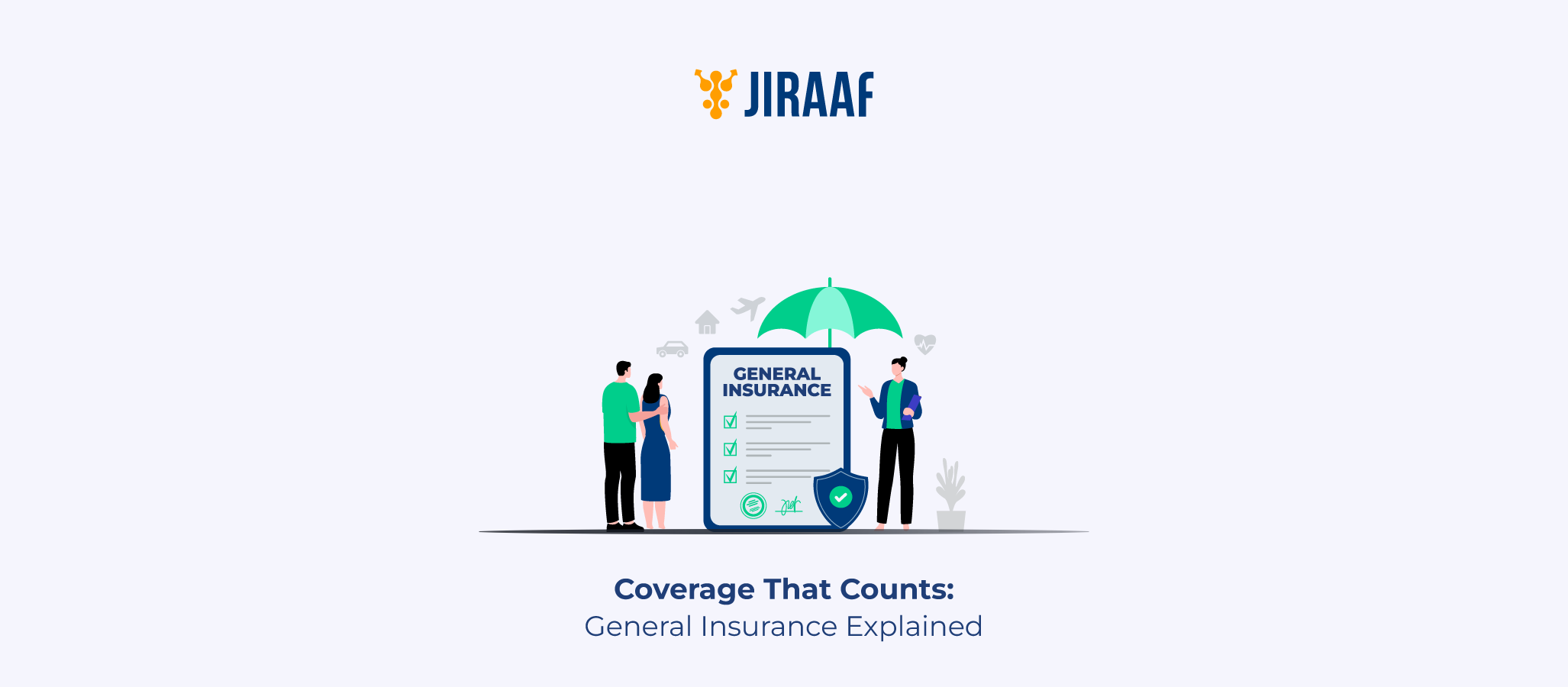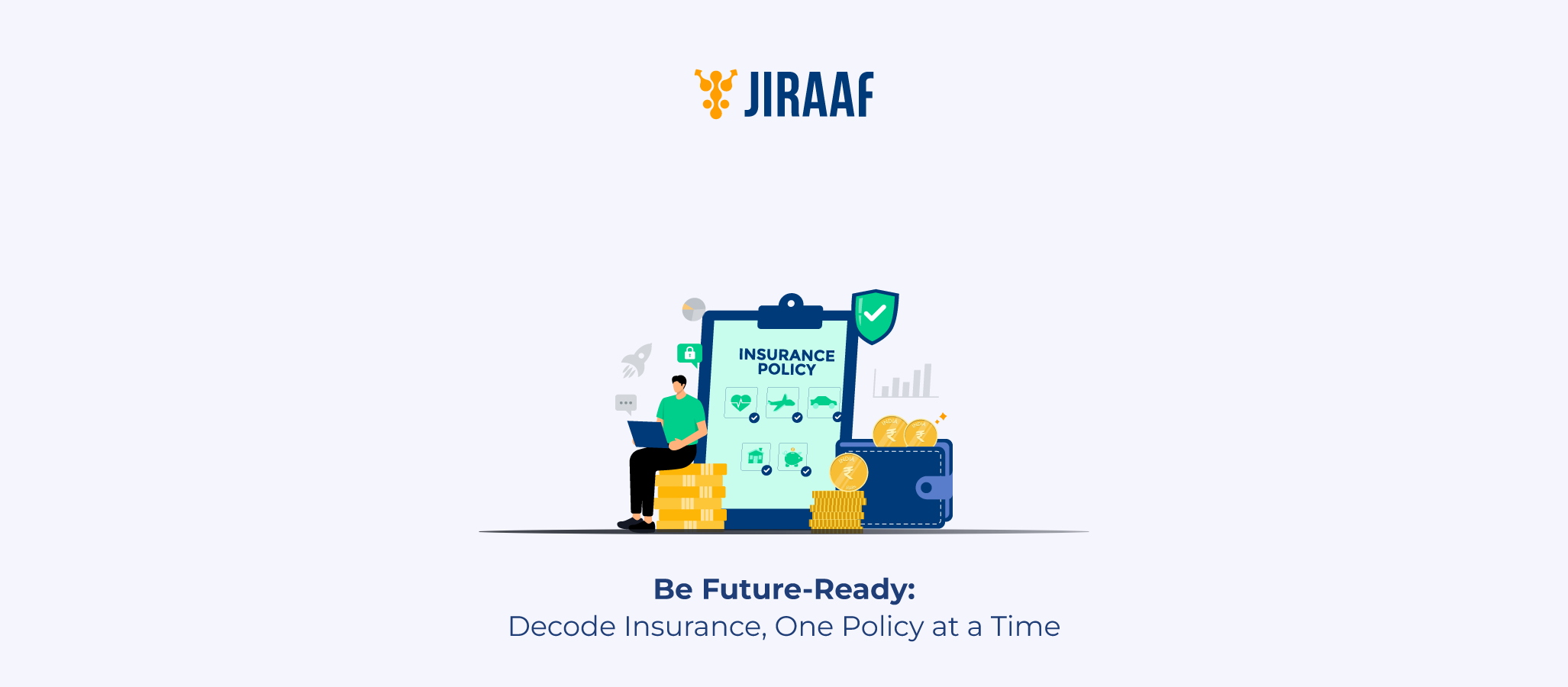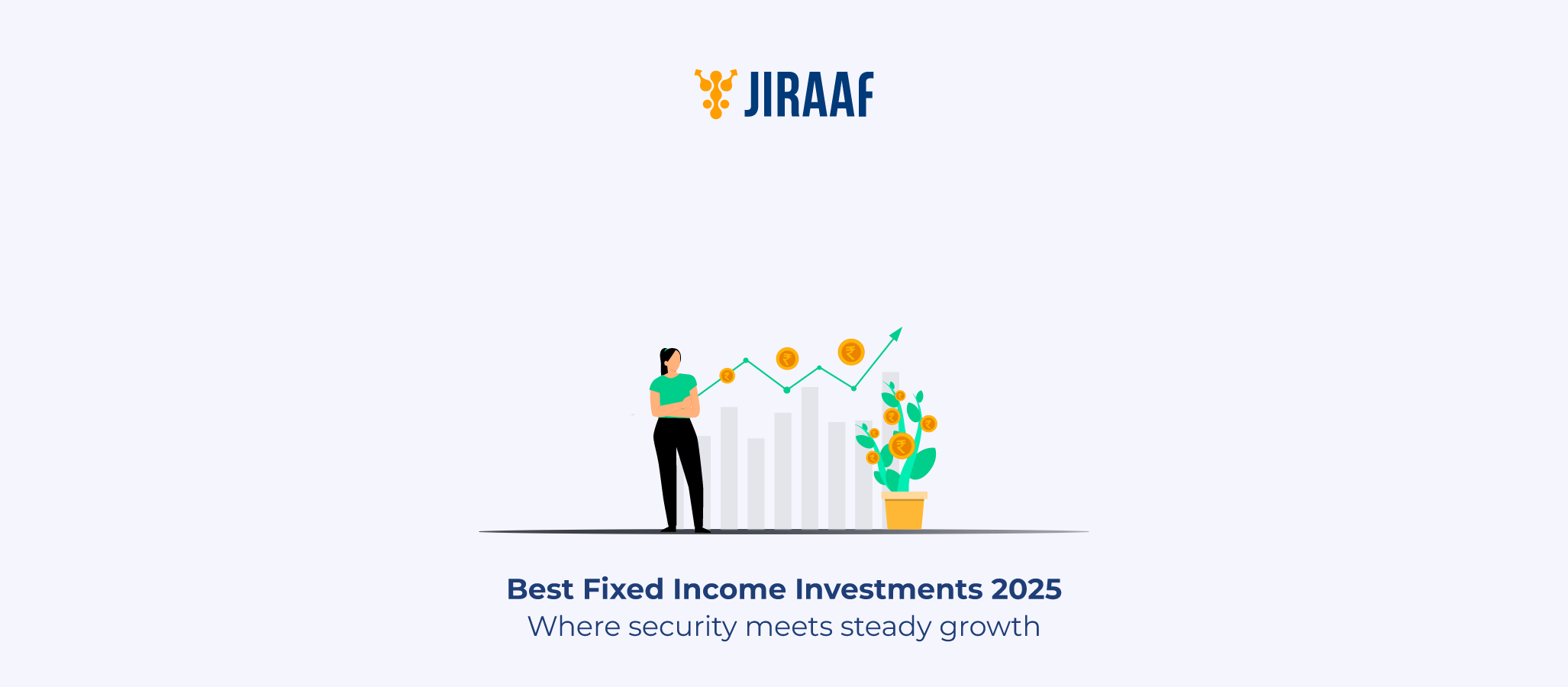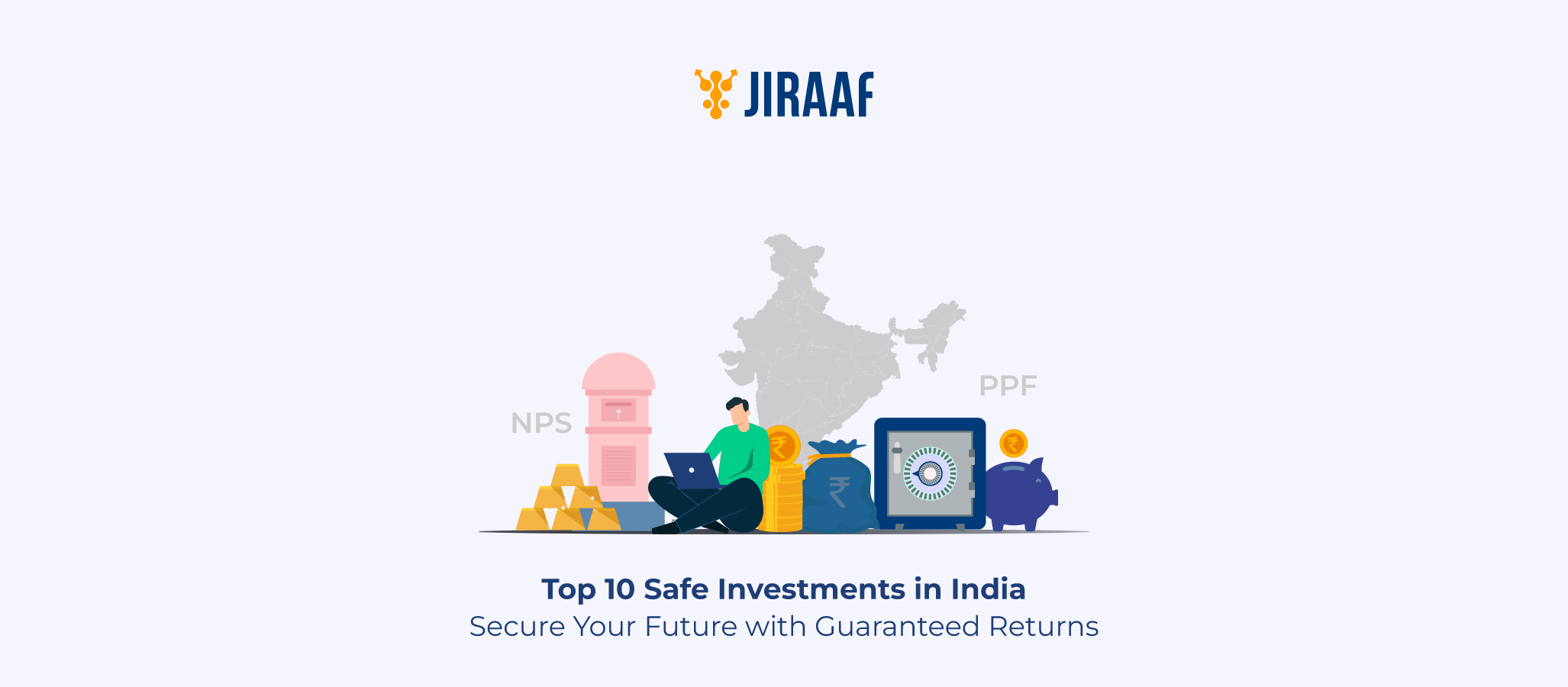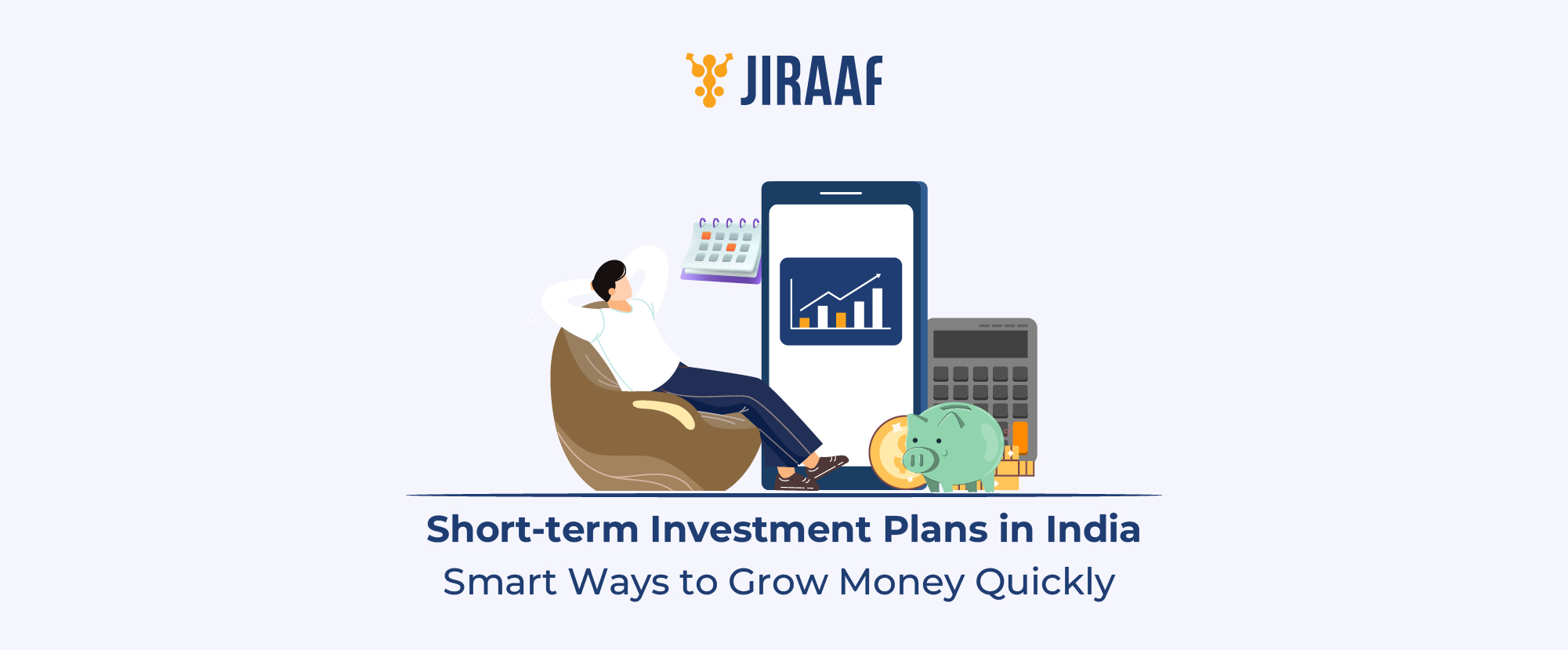When you hear “insurance,” what comes to mind? For many, it’s life insurance—but there are many types, and if you’re looking for affordable, focused protection, term insurance is often the best starting point. It offers high life cover at a low cost: exactly what you need when your family depends on your income.
Term plans don’t offer maturity benefits—they’re purely about protection. But that makes them powerful tools in financial planning: they secure your family financially if the worst happens.
In this guide, we’ll walk you through everything—what term insurance is, its types, key features, how to choose wisely, what mistakes to avoid, and why term insurance is almost always the right first policy.
What is Term Insurance?
Term insurance is a life-protection policy that pays out a death benefit to your beneficiaries if you pass away during the policy term. You pay a fixed premium, and if a claim is made during the term, your family receives the agreed sum assured—usually as a lump sum or, in some policies, monthly installments, depending on the agreement.
There is no maturity benefit or investment component—if you survive the policy term, nothing is returned. This keeps the product simple and cost-effective.
How Term Insurance Works
- Choose a Term: Typically, 10–40 years, depending on factors like age and goals.
- Pick the Sum Assured: Usually up to 10–15× of the policyholder’s annual income.
- Pay Premiums: Paid out monthly, quarterly, or annually.
- Claim Trigger: The policyholder’s death occurs during the policy term.
- Payout: A lump sum or periodic payment (for income protection) is paid as per the agreement.
If the holder outlives their policy, there’s no maturity amount, but their families would remain financially secure while the policy was active.
Key Features of Term Insurance
- Pure Protection Plan: Your money serves its intended purpose: protecting your family, without paying for an investment component.
- High Sum Assured at Low Premiums: Term plans offer robust coverage—for example, a ₹25 lakh sum assured can cost approximately ₹1,500–₹3,000/year for a healthy 30-year-old (premium varies by insurer and health status).
- Fixed Policy Tenure: Term durations are straightforward—10, 20, or 30 years—making planning easy, especially when aligned with life’s milestones such as retirement or loan closures.
- Multiple Payout Options: Choose from lump sum (entire benefit at once), monthly income (steady income for a fixed period), or a combination of lump sum plus structured monthly payouts.
- Rider Benefits Available: Customize with riders like critical illness (pays on diagnosis), accidental death (covers accidental death only), waiver of premium (waives future premiums if disabled), and disability income (provides monthly income for permanent disability).
These enhance protection without tying you into full-fledged investment products.
Types of Term Insurance Plans
Level Term Plan
Constant premium and sum assured throughout the policy—clean, simple, and most common.
Increasing Term Plan
Sum assured increases annually (usually 5-10%) to help beat inflation without increasing premium at same rate.
Decreasing Term Plan
The sum assured decreases over time—often linked to the outstanding loan—and is ideal for borrowers (e.g., home loan protection).
Return of Premium Plan (TROP)
Refunds all paid premiums if you survive the term—costlier than standard, but a unique choice for those who want both cover and premium return.
Convertible Term Plan
Start with a pure term plan, and later convert to a different type (e.g., whole life, endowment) without new underwriting—flexible, though often more expensive.
Group Term Insurance
Offered by employers—easy to get, but usually insufficient in coverage and not portable once you leave the organization.
Benefits of Term Insurance
- Financial Security for Family: Covers living costs, education, EMIs, and lifestyle even if income stops suddenly.
- Tax Benefits: Premiums up to ₹1.5 lakh are deductible under Section 80C of the Income Tax Act. Death benefit payouts are fully tax-free under Section 10(10D), subject to the condition that the premium does not exceed 10% of sum assured for policies issued after April 1, 2012.
- Debt Protection: Ensures family is not burdened with outstanding loans like mortgages or personal loans on your demise.
- Affordable Peace of Mind: For ₹1,000-₹3,000 per year, a healthy young person can get coverage of over ₹1 crore.
- Financial Discipline: Regular premium payments promote disciplined financial planning.
Term Insurance vs. Other Life Insurance Plans
| Feature | Term Insurance | Endowment /Whole Life | ULIP |
| Primary Benefit | Death benefit only | Death and maturity benefit | Life cover + investment |
| Cost | Low | Moderate to high | Moderate to high |
| Complexity | Simple | Moderate | Complex |
| Cover-to-Premium Ratio | High | Medium | Lower |
| Investment Potential | None | Small to moderate | Market-linked |
| Risk | Minimal | Low | High |
Why Term Insurance Often Wins
- Cost-effective coverage for top-tier protection
- Avoids locking you into long-term, less flexible contracts
- No hidden charges or sluggish returns
- Let’s you invest separately for wealth building
Who Should Buy Term Insurance?
Young Professionals
Early coverage locks in low premiums and secures financial future early on.
Married Individuals & Parents
Protects dependents—covers school fees, daily expenses, and future goals.
Loan Borrowers
Secures the outstanding loan amount if you pass away mid-term, giving your family breathing space.
Business Owners/Key Persons
Protects businesses from disruption and financial strain if a key member passes away unexpectedly.
Common Mistakes to Avoid While Buying Term Insurance
| Mistake | Why It Matters | How to Avoid |
| Underestimating coverage | Leaves family underinsured | Use calculators to get 10-15× income |
| Choosing short tenure | Leaves no cover later | Match term with life milestones |
| Ignoring medical disclosure | The claim can be rejected | Always give honest answers |
| Waiting too long | Higher premiums with age | Buy when young and healthy |
| No rider consideration | Misses valuable coverage | Add critical illness, waiver riders |
| Not comparing quotes | May overpay | Compare quotes across insurers |
| Owning multiple outdated policies | Fees add up, no renewability | Consolidate or surrender redundant plans |
How to Choose the Best Term Insurance Plan
Premium Comparison
Use online portals or insurer calculators—make sure you’re comparing similar sums assured and terms.
Claim Settlement Ratio (CSR)
Look for insurers with CSR above 95%—it demonstrates reliability in payouts.
Policy Features
Compare flexibility, portability (to maintain coverage if you switch jobs), waiver of premium, and riders.
Reputation of Insurer
Check ratings, customer reviews, financial strength, and grievance redressal mechanisms.
Policy Transparency
Beware of hidden charges, exclusions, or unusual fine print. Read the policy wording carefully.
Final Thoughts: Why Term Insurance Should Be Your First Policy
Term insurance is your safety-first financial tool. It provides stress-free, affordable protection, complements your savings and investments, and ensures your family is shielded from future uncertainties.
Before purchasing, ask yourself
- Are you financially responsible for dependents?
- Do you want to shield your family from debt and expense?
- Are you ready to buy while you’re young and healthy?
If the answer is yes, then term insurance isn’t just a smart pick—it’s practically essential.



